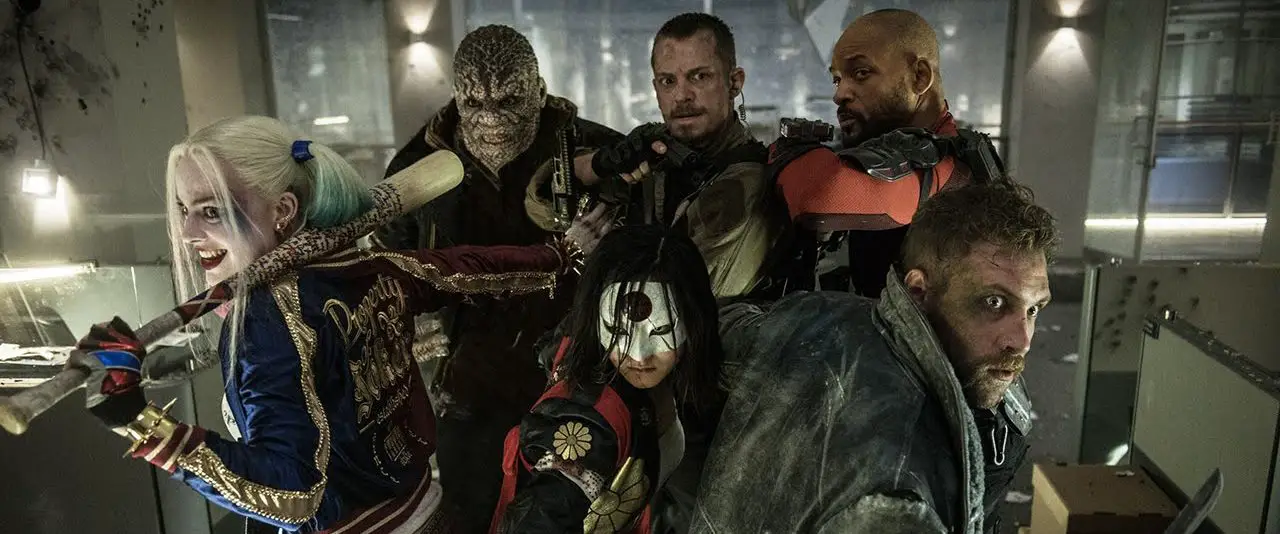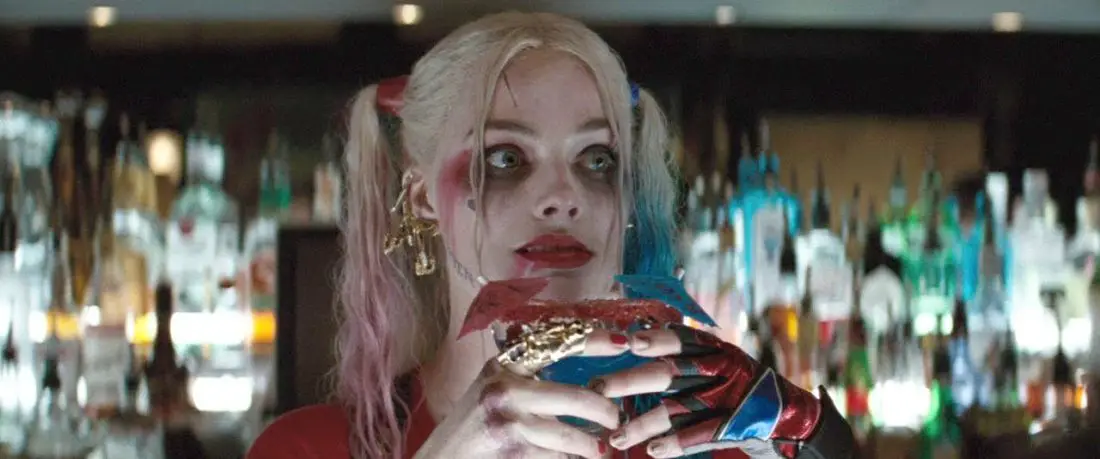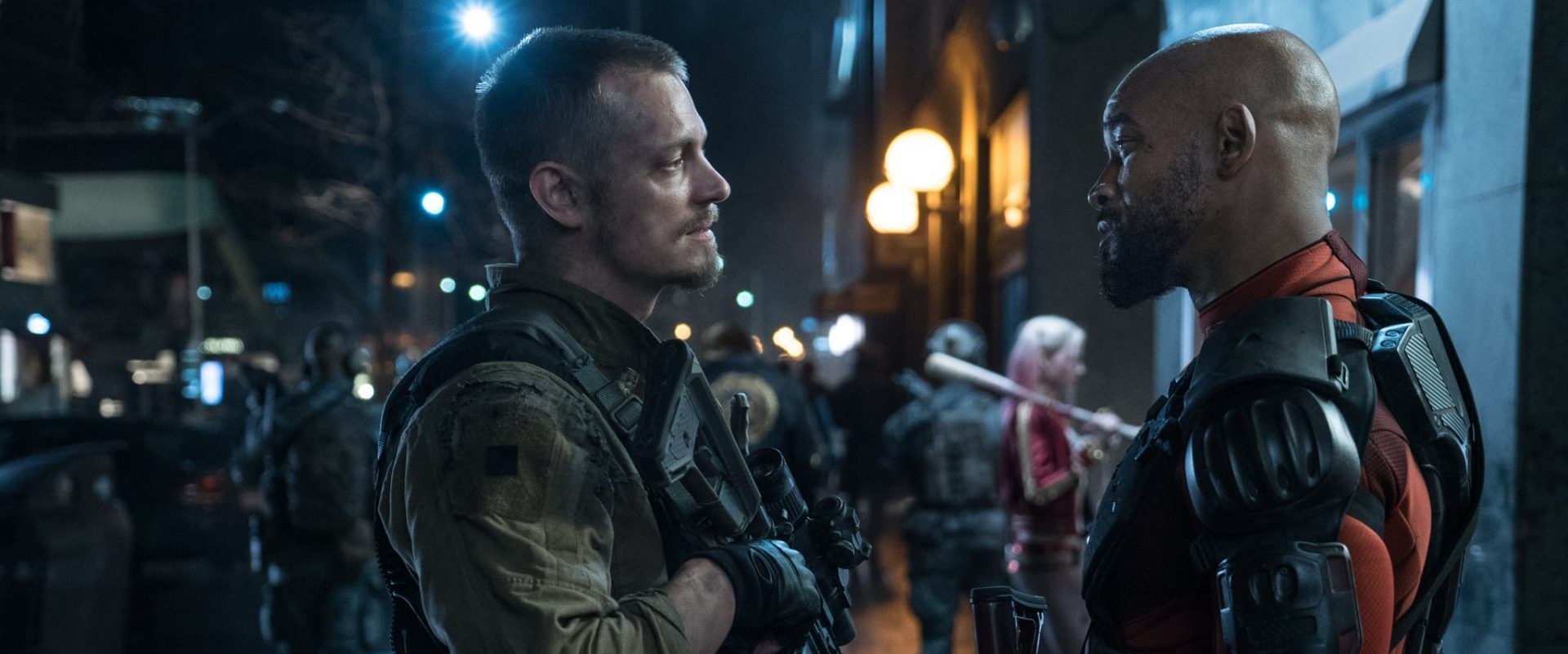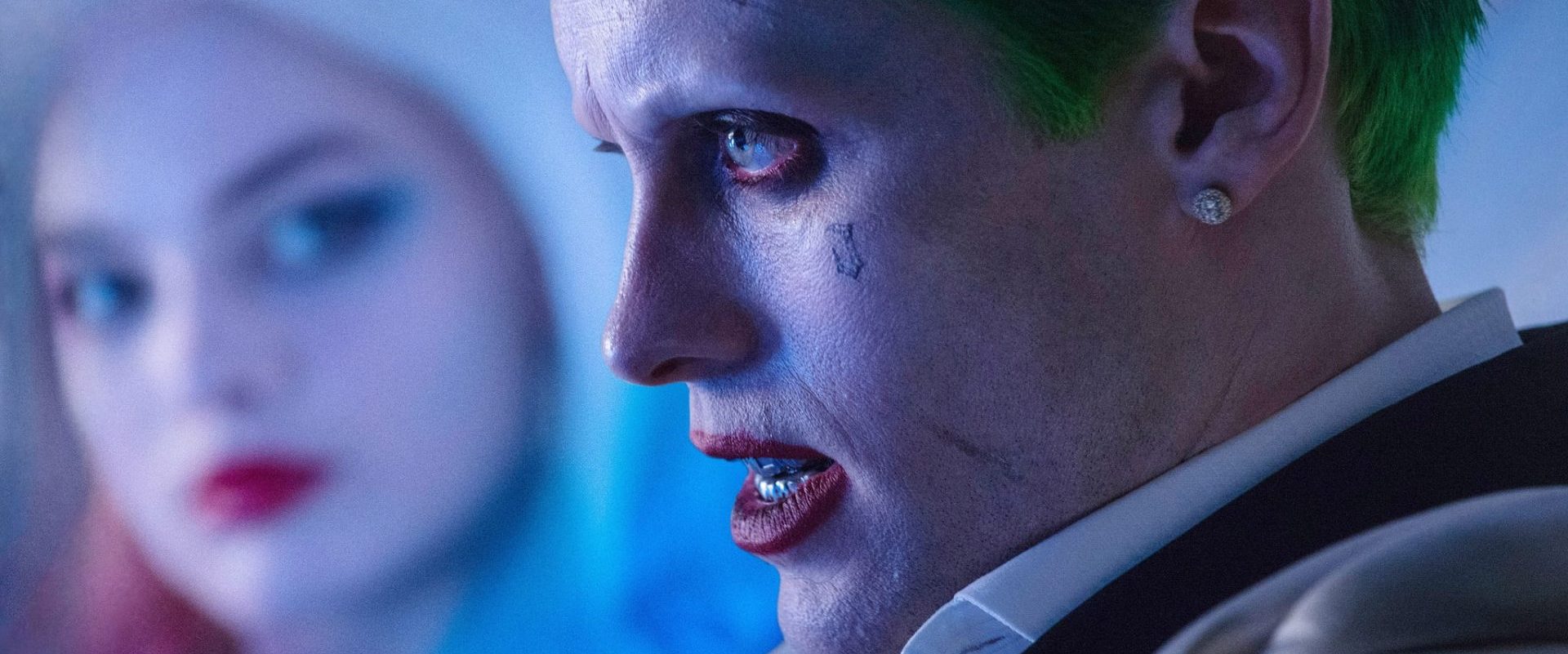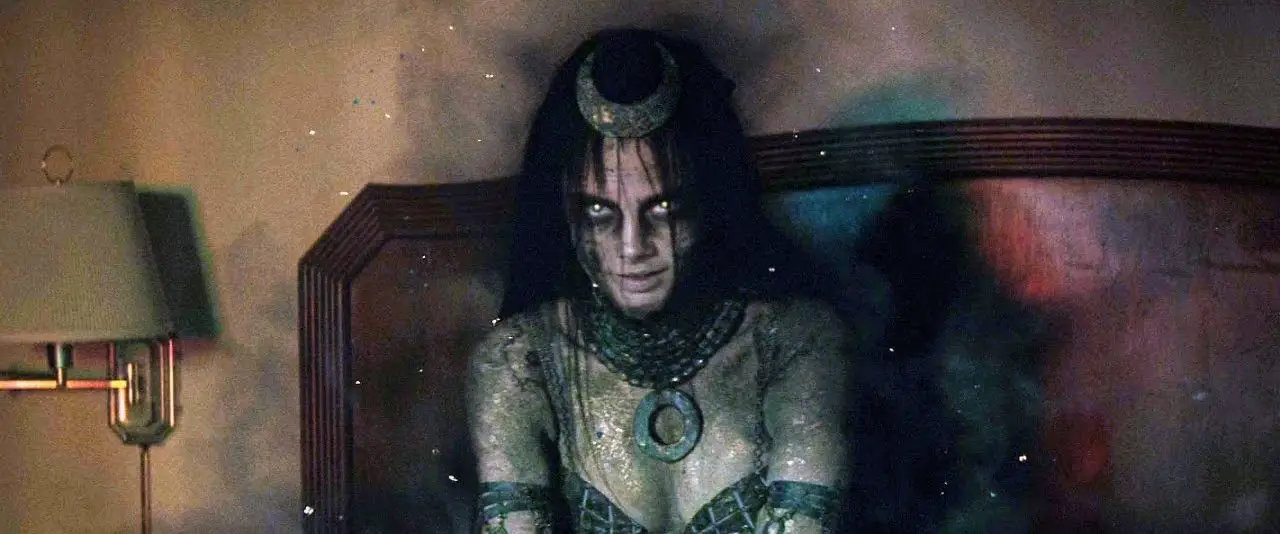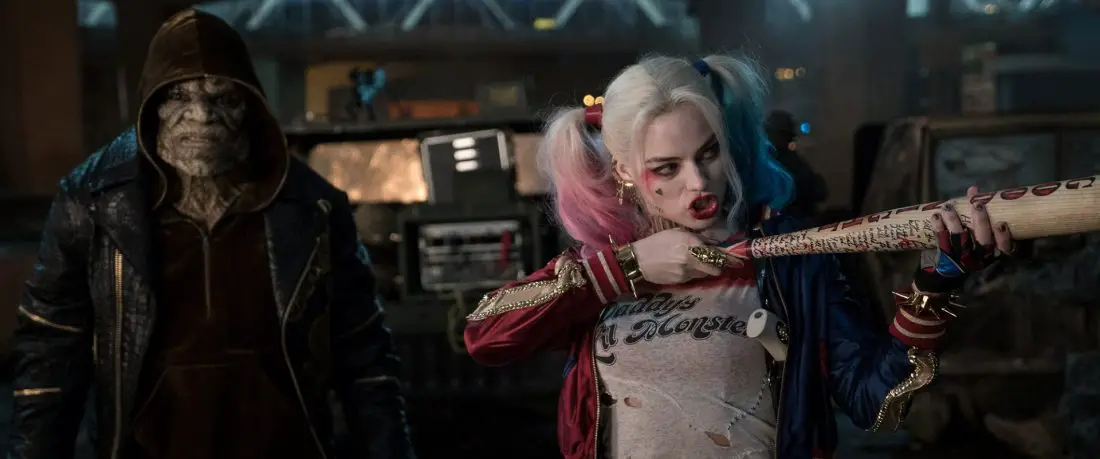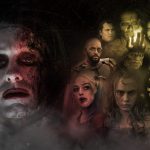Dissecting Villains: A ‘Suicide Squad’ Retrospective
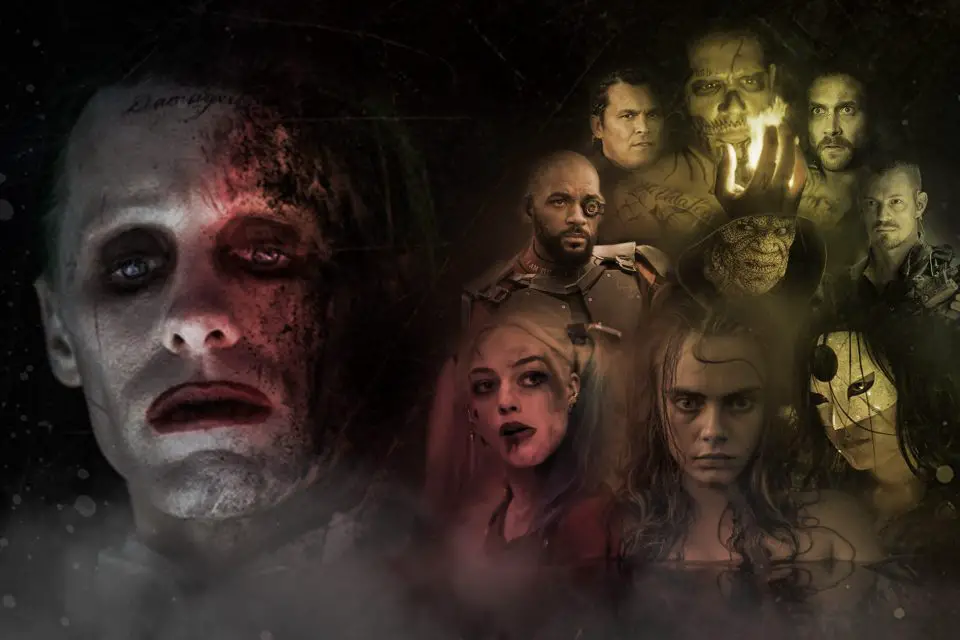
DC’s Suicide Squad doesn’t have the greatest reputation among fans. Although it was a box office success, critics and fans panned the ensemble flick. After a slew of fantastic trailers and an exciting cast, many were quick to diminish the final product. With the announcement of Zack Snyder’s Justice League cut rejuvenating the DCEU fan base, countless fans of Suicide Squad have ascended from the shadows to rally behind David Ayer’s supposed cut of the film.
However, I believe the Suicide Squad we got actually has a lot to offer in terms of its thematic messages, character depictions, and overall aesthetic. Within this film lies Ayer’s original vision and tone, and luckily it’s not as hidden as one may think. Despite its critical bashing, Suicide Squad might be a “damaged” masterpiece.
“We’re bad guys. It’s what we do.”
The core of the movie belongs to its cast of unique DC characters. Each of them contributes to the narrative in exciting ways, furthering the thematic message the film seeks to explore. Deadshot, Harley Quinn, El Diablo, Killer Croc, Captain Boomerang, Katana, and Rick Flag are similar in the fact that they all have burdens. Each of these characters has encountered a prominent and restrictive aspect of their lives. Deadshot’s murderous business practices do not coincide well with his desire to care for a young daughter. El Diablo’s lack of family and personal trust restricts his powerful nature.
Harley’s devotion to a madman prevents her from truly coming into her own. Killer Croc continues to acknowledge himself as nothing more than a monster, casting a shadow over his humane nature. Katana wields her lover’s dead soul within her sword at all times, using grief to motivate her ventures. Lastly, Rick Flag is in love with the human he is tasked to kill. In the film they unite together, accepting and acknowledging their burdens resulting in a final team up against the overarching evil.
In several scenes from the extended cut, Harley Quinn roams around the squad prodding at their insecurities and identities. She interrogates Killer Croc about his human appetite and pokes fun at the fact that he lives in a sewer. Croc responds with “At least I know it’s a sewer.” Croc is quite aware of his preconceived identity from others. He is okay with assuming the role of the monster, unlike the other squad members who seek freedom.
It is during the bar scene where the squad in its entirety levels with each other. They come to the acknowledgment that each of them has suffered within their lives. When Deadshot remarks that he still has hope for the future Diablo responds, “Hope doesn’t stop the world from turning.” With this, the squad realizes they can be more than what society perceives them. Even if the world doesn’t do anything good for them.
The True Soldier
Ayer comes from a heavy military background so it makes sense that his film would incorporate related thematic elements. Throughout the film, Deadshot and Rick Flag are constantly at each other’s toes. Deadshot, being a hitman and a criminal, possesses weaponry skills even better than Flag’s own squadron. Rick Flag, a hardened soldier with a knack for leadership, is tasked with assuming superiority over Deadshot and his villainous companions. Flag, feeling threatened by Deadshot’s skill, frequently reminds Deadshot of his lower status.
At the beginning of the film Flag remarks to Deadshot, “Once the shooting starts, you’ll cut and run.” He has no faith in Deadshot as a person, calling him a “serial killer who takes credit cards.” Deadshot jabs back reminding Flag that he probably goes to the same “dark places” as well. With Deadshot slowly assuming leadership over the members of the squad, and Rick Flag tasked with official leadership over the team, tension continues to remain.
READ: Releasing The Snyder Cut Doesn’t Set A Bad Precedent
“And I’m the bad guy?” Deadshot retorts as he and Flag watch government agent Amanda Waller gun down her associates in an effort to keep things classified. Deadshot continues to press down against Flag’s assumed identity of being morally above the squad due to his military allegiance. Throughout the film they end up working hand in hand, saving each other from close calls. Deadshot and Rick Flag are two sides of the same coin, one is tasked with killing from the government while the other kills for his livelihood, blurring the line between hero and villain.
Mr. J
Jared Leto’s Joker has been an ongoing controversy ever since Ayer first revealed him on Twitter. The current world of the DCEU is modern and dark with heightened comic book elements. In a behind the scenes book, Ayer notes that “this is a Joker with an iPhone.” This Joker is the product of the DCEU’s Gotham. He is a hardened gangster and criminal mastermind with the city in his grasp. He fits in perfectly with the grungy set-pieces and visuals displayed in Ayer’s film. A typical clownish version of the comic character would stand out like a sore thumb amongst this iteration of Gotham.
Leto’s character obsesses over his appearance, often sporting elegant jackets and tuxedos. This sense of style leads directly to the supposed reasoning behind the grill and the infamous forehead tattoo. Ayer has mentioned that Batman previously knocked out Joker’s teeth. In a desperate attempt to rekindle his former smiling glory, it makes sense for him to fix his teeth with something flashy like a grill. Additionally, tattooing “Damaged” on your forehead seems like the most perfect thing The Joker could do in the aftermath of a Bat fight. It is easy to imagine this iteration of the character specifically getting this obvious tattoo to mock Batman’s unfinished work. Yes, it looks silly, and I am sure he is quite aware of its absurdity. He is the Joker after all.
The Antagonist
One of the biggest complaints about Suicide Squad is its choice of antagonist. Even Ayer has released a statement expressing regret over not making The Joker the main villain. While I can agree that the Enchantress and Incubus CGI merry-go-round feels a bit generic, I can understand its purpose. The movie is about duality, constantly testing the line between being good and bad. Many of the protagonists have their fair share of heroic moments in addition to villainous ones. The characters are at constant war with their identities as they challenge the preconceived comic-book conventions of villains and heroes.
Enchantress is the literal embodiment of Suicide Squad‘s core theme. At times she is the caring and intelligent June Moone, while at the whisper of a single word she becomes a murderous ancient being. June’s internal battle is more clean-cut with two defined sides of good and evil, as opposed to the moral grey area of the Squad itself. By banding together, erasing the line between hero and villain, the squad is able to take down the physical embodiment of pure destruction. They are then able to recover June from the muddy corpse of the witch. The hero prevails over the villain.
Looking Back…
While Suicide Squad certainly suffers from some abrupt editing choices, strange dialogue, and repetitive flashbacks, its dedication to the exploration of such strange characters and how they interact is incredibly intriguing. Ayer’s world is refreshingly grim and menacing, housing a wonderfully twisted interpretation of the Clown Prince of Crime. The film is bold enough to take some of DC’s most notable villains and make them the protagonists. Audience members are granted the opportunity of seeing these famous evil characters at their most vulnerable. For that reason, Suicide Squad stands out.
With rumors about Ayer’s version of the film floating around the internet since 2017, I would love to see his version of the narrative come to light. While many of its core themes will hopefully remain the same, it will be intriguing to see the original ending of the film along with the darker tone Ayer had originally intended. – Noah Levine
What are your thoughts on Suicide Squad? Would you want to see Ayer’s cut? Let us know in the comments below!
The Suicide Squad theatrical cut is available on HBO MAX, and the extended cut is available on Blu-Ray.

